Sartoria Seminara and Vittorio Salino: Maintaining Florentine tailoring
Like most Italian tailors, Sartoria Seminara is hidden away. There is no Savile Row grand entrance, just a name and a buzzer and a short walk up a flight of dark stairs.
The effect is all the greater because this entrance is on Via dei Calzaiuoli, a few metres from the Duomo in Florence, and on any day in season, therefore from hundreds of bright, loud tourists.
And Seminara is an especially nice bolthole. The handful of rooms on the first floor has been a tailor's shop since 1924, almost 100 years; Giuseppe Seminara took over the space in 1957 and it's been a tailor’s ever since.
The fitting room is particularly pleasing. Large, high-ceilinged, dominated by a set of mirrors that takes up the entirety of one wall. As a customer, it can't help make you feel really rather important.
"My father was the master, this is his shop," says Gianni Seminara (below), which seems almost impossibly modest, given he himself is on the verge of retirement, and has been in this space that whole time.
But it does bring up the topic of succession, which is important. A reason I wanted to cover Seminara - among all the other small Italian tailors still in existence - is that Gianni is now working with Vittorio Salino, a younger tailor who was previously at Liverano, and is keen to continue the traditions.
Vittorio was introduced to Gianni by a client, and has been working the atelier for just over a year. He’d love to take over the business some day, but they’re taking it slowly: for the moment they refer to it as a “collaboration”.
Vittorio was head cutter at Liverano, and worked at Gallo in Rome, but it's still been invaluable working alongside Gianni.
“The hardest thing about being a tailor is dealing with unusual situations - body types, unusual requests,” he says. “You learn the basics and refine them and you develop a cut that you really like, but then someone comes along that gives you a problem you’ve never faced. It’s good having Gianni to turn to, with all his experience.”
Vittorio (below) now has a young assistant (Belgian, enthusiastic, a PS reader) himself, but it wasn’t easy at the start: “It can be hard because you need quite a lot of investment for your own space. That’s one more way it’s been great being here with Gianni.”
The Seminara cut has much in common with other Florentine tailors - the fairly soft make, the straight lapel, the lack of a front dart. But there are small differences.
The side seam is not as shaped forward, for example, and the breast pocket has a little more curve. The shoulder is not that extended and feels more natural, with just a touch of rollino in the sleevehead.
There are similarities with Corcos, who worked here under Gianni for three years, although the finishing at Corcos is at a rather higher level.
“Overall I think it feels very natural, simple and easy,” says Max Papier (below), who works at The Armoury in New York and is a customer of Seminara.
Both Max and Elliot Hammer, a designer also working with The Armoury, are friends and have had pieces made by Seminara. Max is also currently having a jacket made with Vittorio.
“I found something rather different in the style here, something very human,” comments Vittorio, referring to the soft shape of Gianni’s jackets and his desire to use as little padding as possible.
“Some tailors that have left Liverano are doing the same style, and the selling point can feel like it’s just ‘the same thing but cheaper’,” he adds. “I had a client ask me to make your tweed ulster coat, for example, Simon, and I didn’t want to do that. If someone is coming to you just because you’re a cheaper version of something else, you’ll never build anything.”
Vittorio is referring to my Liverano coat, which I have also (flatteringly) seen at other Florentine tailors in the PS Harris Tweed.
One original design that caught my eye at Seminara was the “capote” pictured above. This was originally a request from Franco Minucci of Tie Your Tie, who wanted a short coat he could wear over a jacket, but without the stiffness of a pea coat.
The result, in cashmere or a wool/cashmere blend, has been made a good few times for other clients since.
I liked the collar and lapel shape, although was a little unsure about the buttoning position and the softness of the body. One to try again when I’m back in Florence in January, perhaps.
Gianni is quite inexpensive, not just compared to Liverano but to Florentine bespoke in general. His suits start at €2700 and the cashmere capote costs €3000. Essentially, Gianni has no interest, now, in higher prices or trying to use those to build a sustainable business. Vittorio is different and has to charge a little more: €3000 for a suit and €2200 for a jacket (in Italy).
But then Vittorio is the one carrying bespoke tailoring forwards, and perhaps the one establishing longer-term relationships with his new customers. I also admire his enthusiasm and progressiveness. He’s actively trying to get young people involved in the business, including working with the Accademia Nazionale dei Sartori in Rome, for example, to increase its student numbers. And he's travelling to different places - to Antwerp and to Zurich.
My biggest and best wishes to them both. I’m sure I’ll be back in January, if only to soak up the atmosphere of a full century of tailoring, and take a coffee gazing out of the window at the busy Via dei Calzaiuoli below.
Sartoria Seminara
@sartoriaseminara
Vittorio Salino
@vittorio_salino
Trunk shows: Antwerp 15-18 September and Zurich 13-16 October
Via dei Calzaiuoli, 10
Florence, Italy


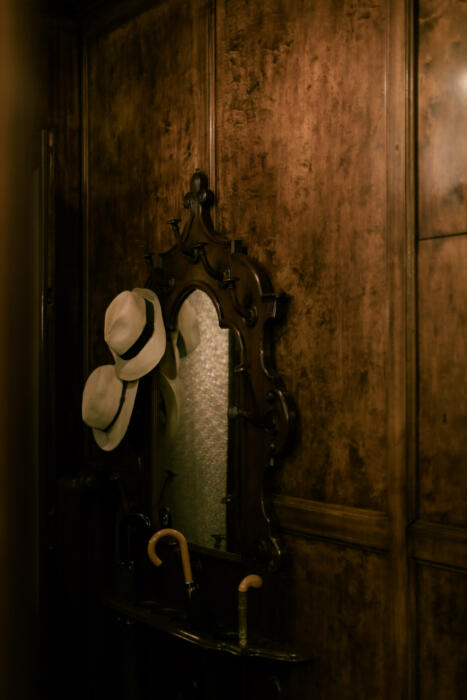
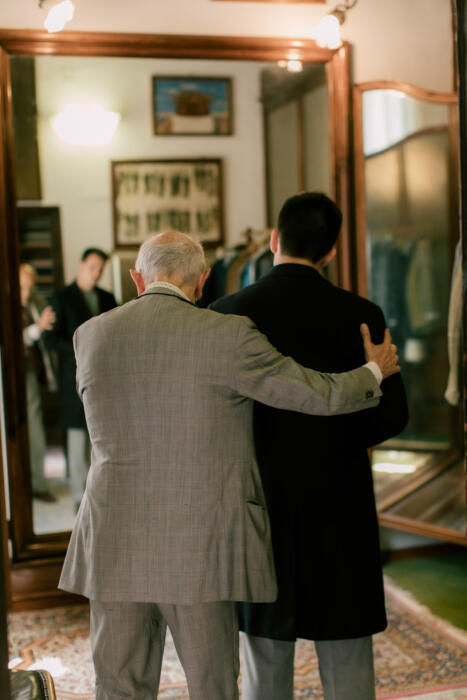
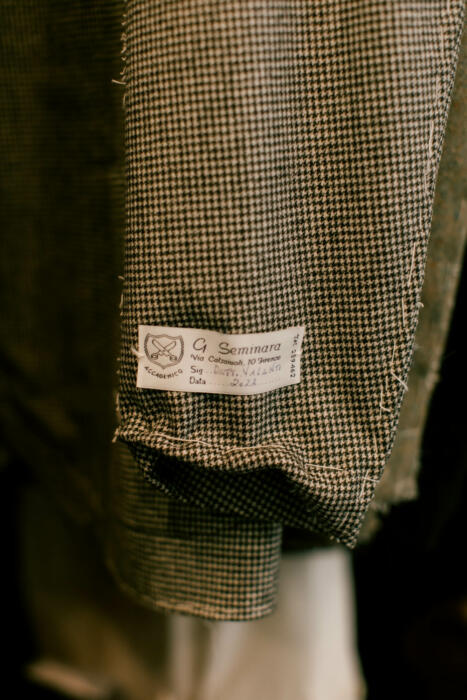
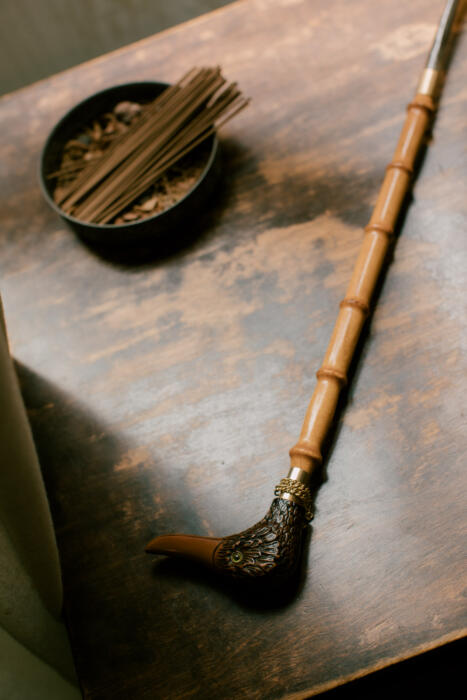
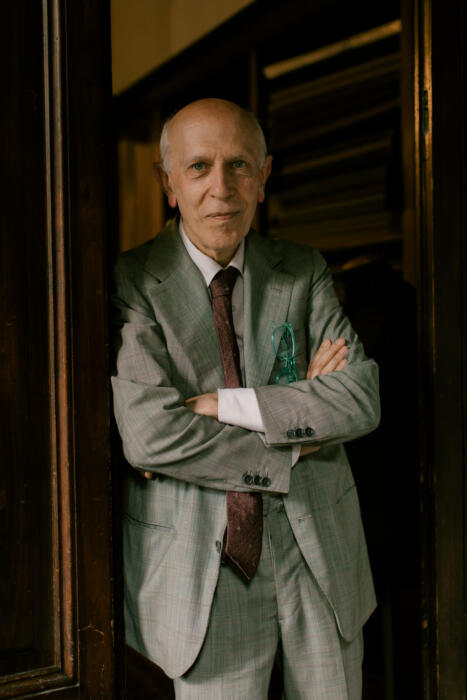
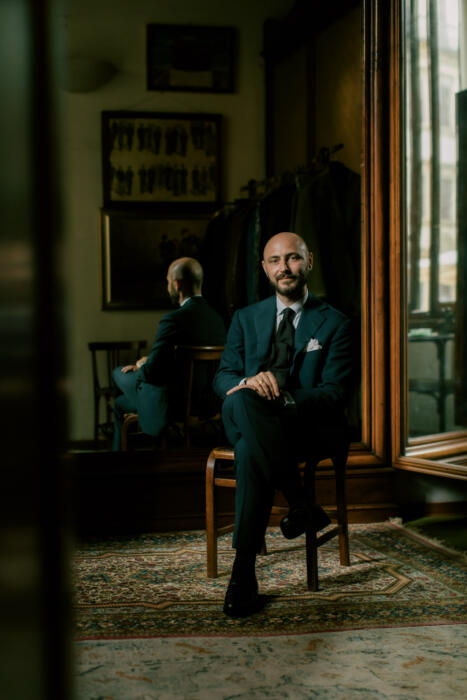
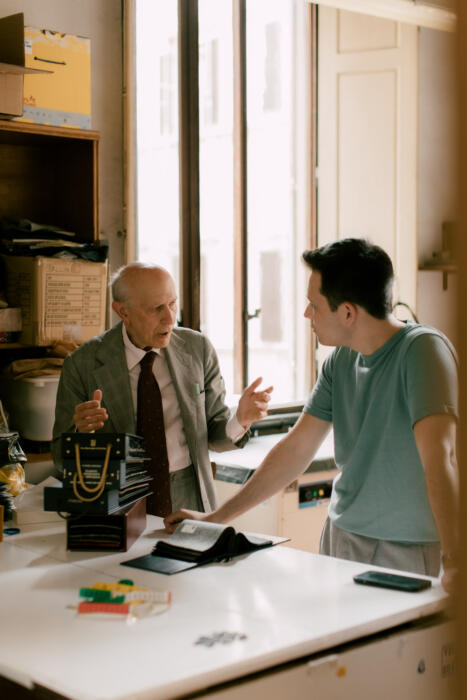
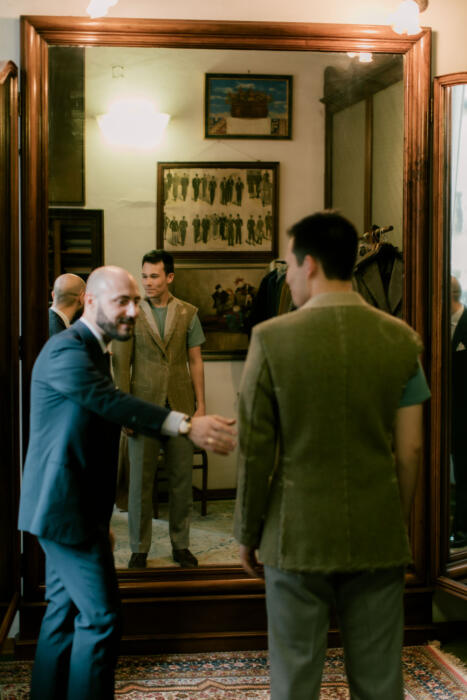
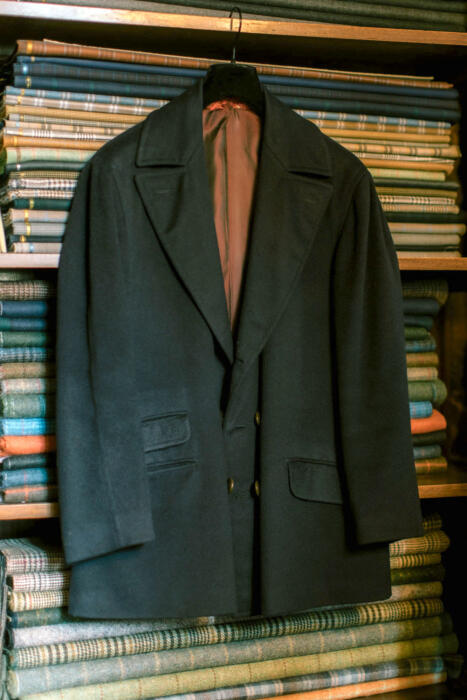
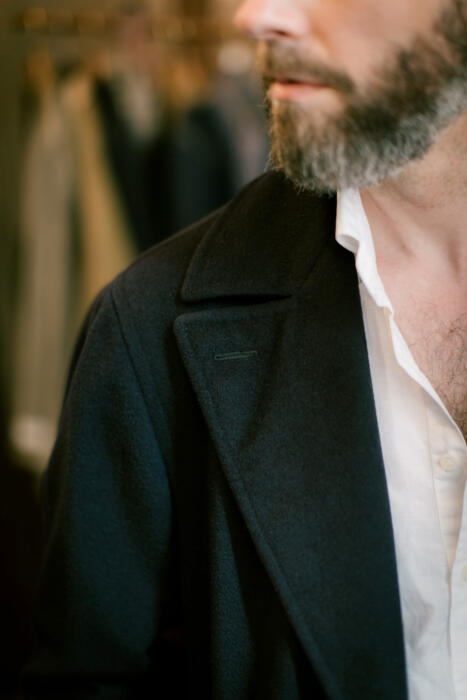
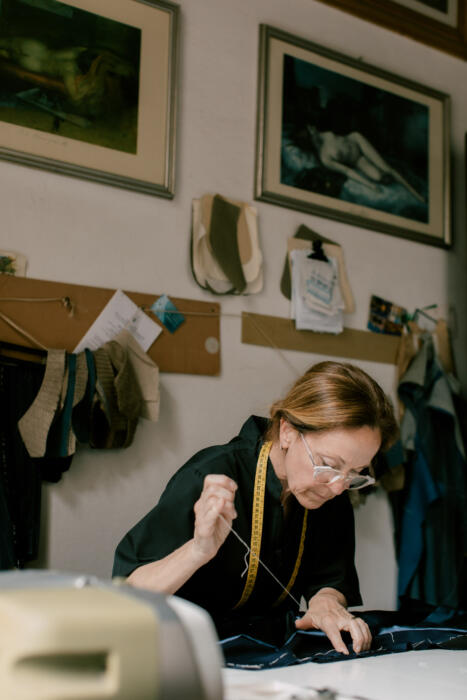
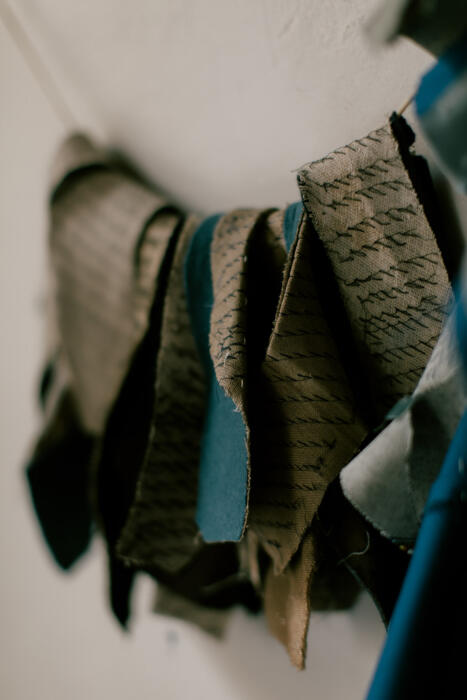
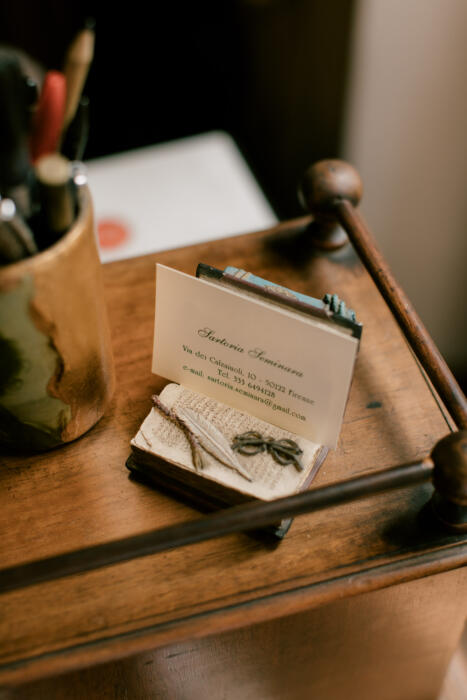
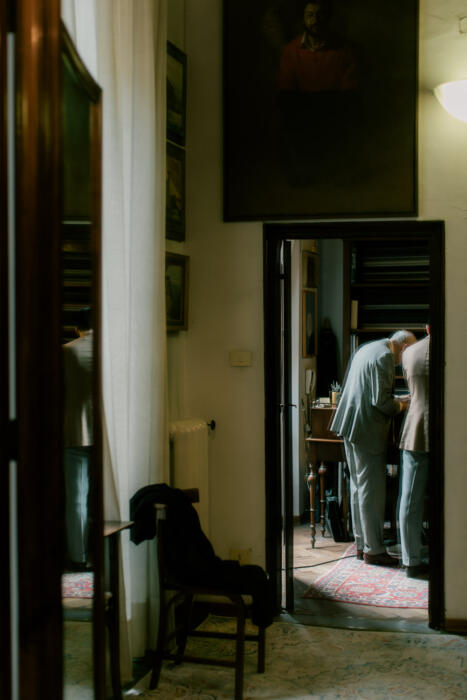
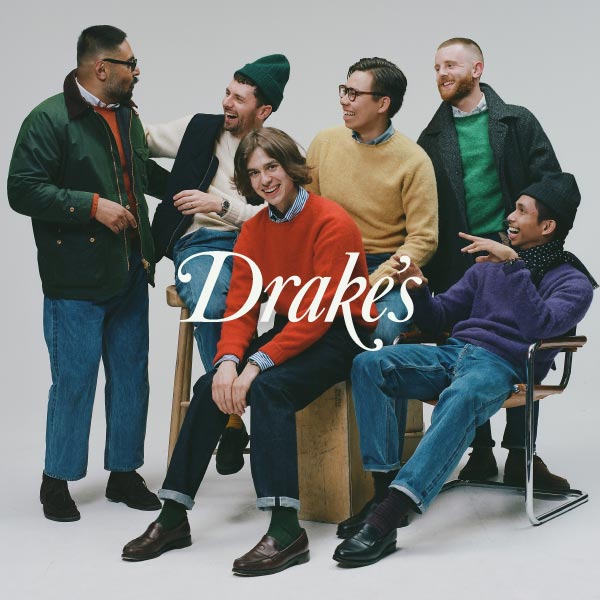
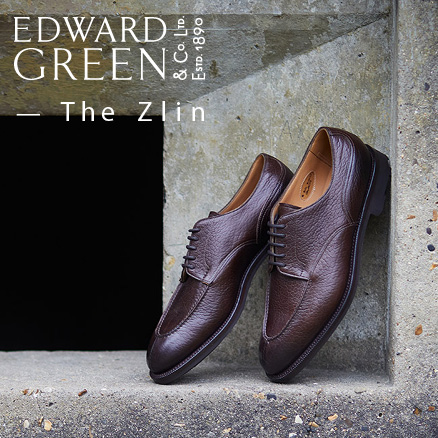
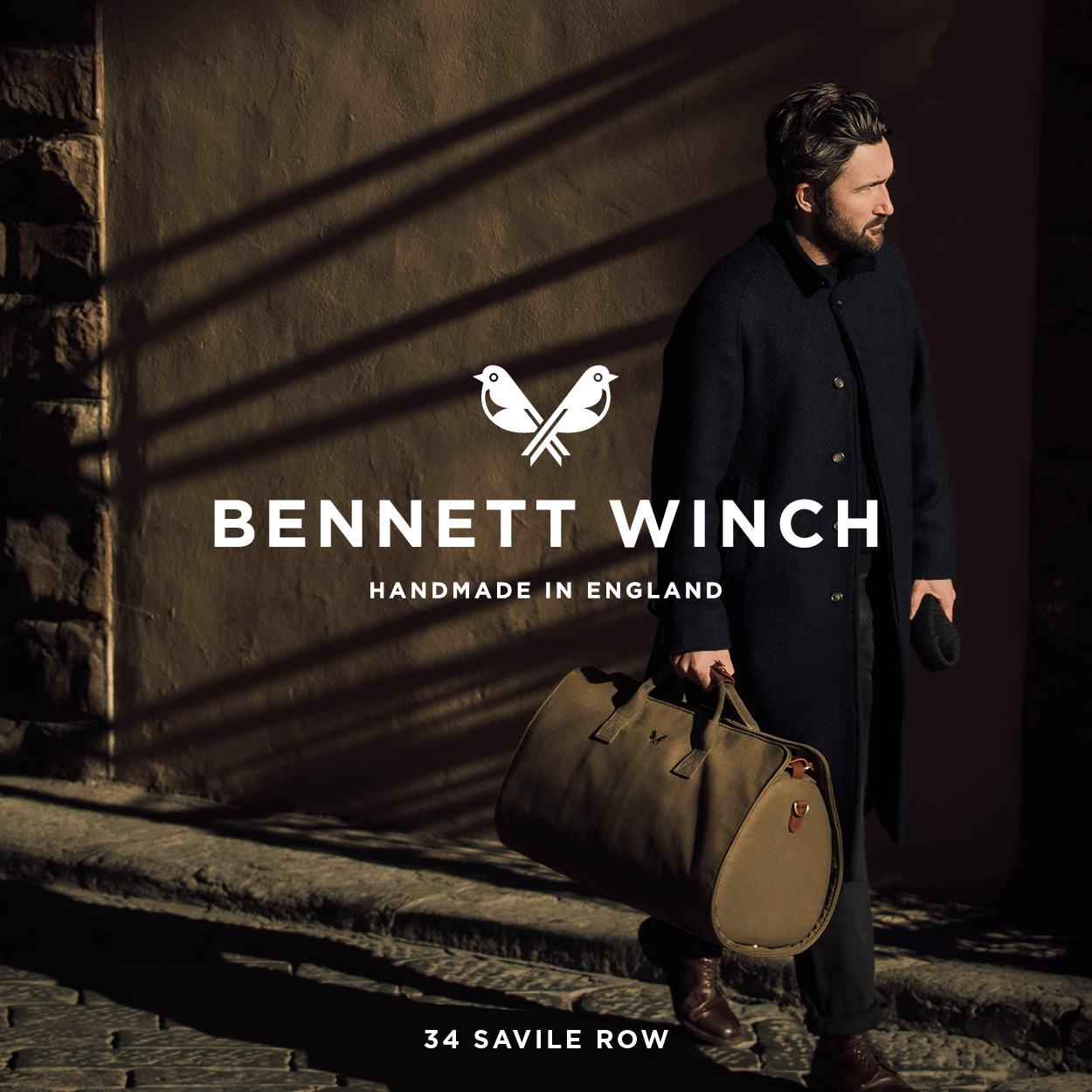
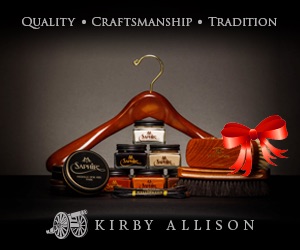





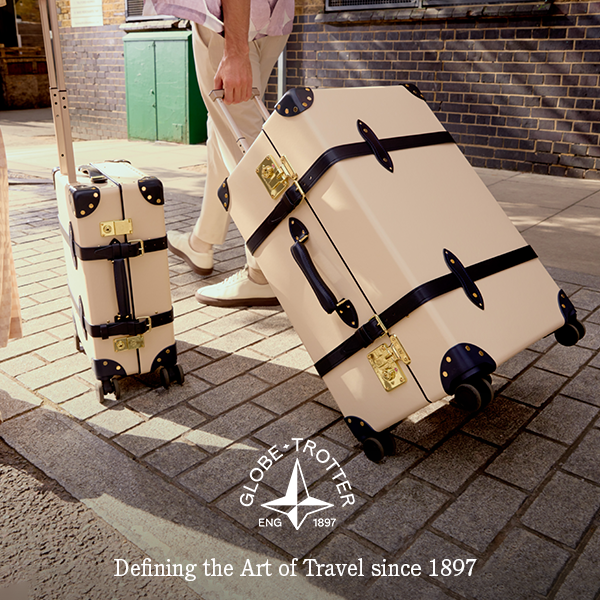

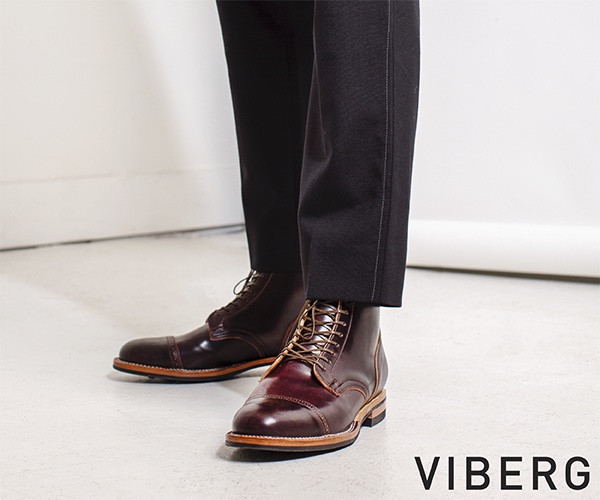


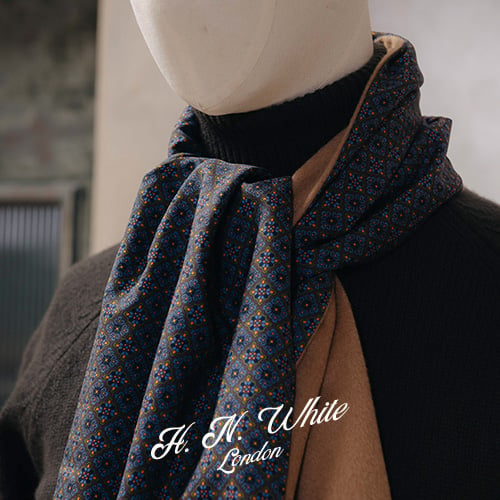



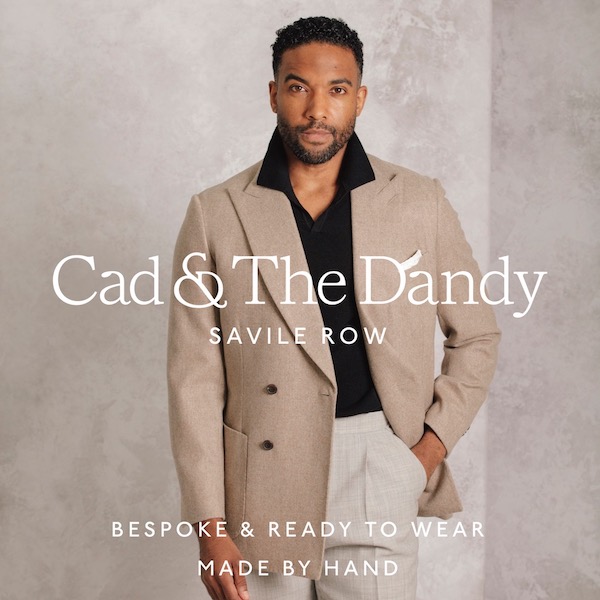






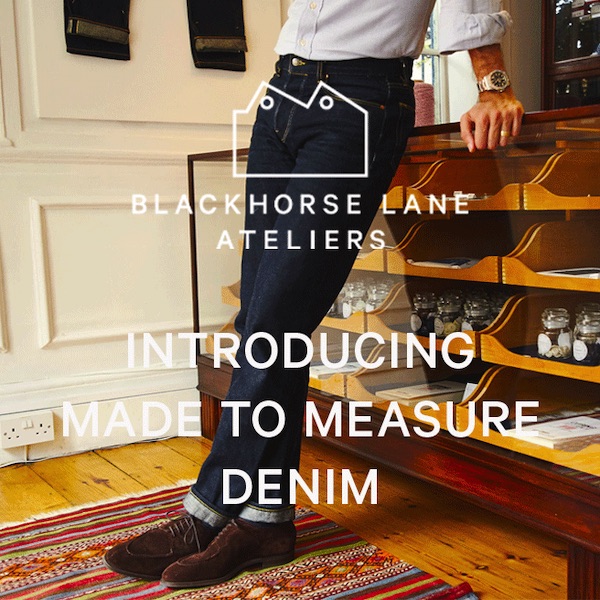
Another great Sartorial find! Great to discover a new genuine tailor.
If I were to venture one suggestion, it would be nice to see some new names from the UK including tailors in London not yet reported on ….or even discovered for that matter!!
Thanks Lindsay, yes noted from last time! It would be interesting to know what you’re after from new names in this way – do you want new styles, if so what kind of style? Or is it about access, or about price?
Hi Simon,
I’d second Lindsay’s request and even suggest that you widen the search to outside of London.
I’ve seen tailors advertise themselves as “ex-Savile Row”, or having certain pedigrees but I’ve always been a bit cynical about this. However I’d happily be proven wrong if there are wonderful tailors hidden away around the UK.
Hey Richard,
There are often are ex-Row tailors around the UK who have retired or moved. However, the quality does vary quite a bit.
It’s never been an area I’ve felt I could cover comprehensively, and it’s a small niche of the readership, so we set up a post here where readers have left some of their own experiences.
Thanks to Richard and Simon here. Good points to consider.
Lindsay
First, my apologies for inadvertently repeating this request.
I should have clarified this better.
Four factors here:-
Style – house style,fit, price and access.
There seems to be quite a wide variation in price eg. Sackville Street is noticeably cheaper than tailors on Savile Row itself. Cheaper still further out from central London which is obvious with cheaper overheads…I’m not speaking specifically of the regional tailors here eg. Steed.
Some tailors more contemporary, some more traditional eg. Craig Featherstone, ex.Poole and now on his own…and cheaper than on the row itself.
Fit – military structured or looser drape style or something specifically unique to that particular tailor.
Access – Online presence, how to make an appointment or a visiting tailor to London perhaps. Is that what you mean by access?
No worries at all Lindsay, just interested as they are quite different motivations.
Style – What I mean here is are you looking for a tailor that cuts a different style, one you haven’t found elsewhere? Because in that case there really aren’t many.
Fit – I mean are you looking for a tailor that makes something that would fit you well, because you haven’t found one that does?
And access – I mean are you looking for a tailor that is closer to you, in a part of London or a part of the UK.
I ask about these things because in general, the point of bespoke is a long-term relationship, and it’s usually much more satisfying for both sides if that is what develops. But modern consumerism and brands teach us the opposite, to buy new things. I love your enthusiasm for new tailors, but really worry that you’ll move onto this new one, and then that new one, almost just because they’re new (rather than one of the reasons above) and never get that long-term experience.
Yes , I totally agree. It’s easy to be tempted to this or that tailor. I will stick with one or maybe two tailors.. I think that would be better and develop a long term experience allowing the tailor to make finer adjustments. Fit and access and a healthy variety of cloth choices… I don’t like “curated” cloth choices if they’re too curated..spoils the fun. Seems to be a buzzword with one or two very big, and expensive Savile Row tailors.
Had issues with fit from my previous bespoke experience and waiting time was over nine months…way too long.
Whitcomb & Shaftesbury is on top on my list as I said, Access is a flight over to London, cloth choice is very generous , very pleasant staff. Their style is very good. Suresh and Sian showed many garments and cloth choices to me when I made a preliminary appointment to see him last year. Very very impressed.
I’ll take it from there.
I’ve noted your good advice Simon.
Now you’ve done George Marsh – Paley Mundy would be great!
The copying of your coat opens the door for a discussion re: design and intellectual property.
Apart from photography ,my other love is guitars and the guitar world is awash with copies.
Where do you stand with your destintive PS designs and ownership,Simon?
That is a good question Peter, and one I can actually talk about, being the ex-editor of an intellectual property magazine! But one for another day and more space probably
Intellectual property can only exist if it has been through on of the various “registration” steps. “Copying” in regard to Simon’s coat could only be challenged if aspects of it, or all of it, has been through this step.
Not true Georgina – copyright requires registration in some jurisdictions, but not in others (eg UK v US).
Simon, when you do such an article, perhaps touch on people who give garments made by a more expensive tailor to another tailor for the sole purpose of copying. Always seemed quite unfair and unethical to me. Heard stories on styleforum of a guy giving his more expensive trousers to a lower priced italian tailor in Naples for the sole purpose of copying.
Nice idea. Like IP, that’s a really interesting area and one I’m actually planning a piece on – spurred by a conversation with another reader about buying knock-off Open Walks
Looking forward to that piece!
That’s interesting, Peter. Guitars are a passion of mine too. In fact, my first foray into the world of bespoke was actually in guitars. Bespoke tailoring came much later.
As you probably already know, there were some major lawsuits around the copying of American guitar designs by Japanese makers in the 1970s/80s. An interesting sequel to which was American makers opening up their own operations in Japan and elsewhere.
Strangely enough, the widespread copying of Fender and Gibson led to copies that were better than the originals .(Japanese copies could be exceptional. Name drop for RT, I have a Yamaha SG 2000) This forced subsequent improvements to products of the both guitar giants.
So, in the end,the customer won out, as there was a general improvement in both quality and price and it opened the market to competition.( Fender and Gibson both endured bankruptcy). Strangely ,the only part of a guitar with legal protection is the headstock(the twiddly bits with knobs).
Without taking any of Simon’s future thunder,I believe copying of his designs is inherently wrong-no matter what the legal position.
Thank you Peter, it’s really interesting hearing about similar situations from other industries.
The thing with copying, particularly in clothing but I think really in any endeavour, is there is very little real originality, and it’s hard to draw a clear line.
For example, if a brand today copies a military shirt from 1940 that hasn’t been available to buy for decades, no one thinks that’s a problem. If they copy a trainer design from last year, it is. So how about something made in 1970, that hasn’t been sold since? Or 1990? Where’s the cut off?
I’ll go into this in more detail, but a lot of it is about intention, about clear rip-offs rather than inspiration, and a lot of the time the customer knows when it’s a rip off.
Interesting, Peter. It’s been a while, but I used to write about guitars in a UK publication. I’m sure we would have a great deal to talk about!
I agree, Peter. This is an extremely fair question to ask in today’s climate. It’s a question that I have broached on social media previously with a French menswear influencer and Simon. The individual-in-question was displaying a suit that they had reproduced with WW Chan in China at a much more modest price point than the Italian style they had previously owned. I asked their thoughts on reproducing other tailoring styles at lower price points in places like the far east and the answer was essentially, “I paid for both the original and the copy. Therefore, it is my property and I can do as I wish.”
Simon, I do agree with Peter that it is a subject that is fertile ground for a robust, yet friendly discussion about intellectual property and different tailoring styles. In the end, many top-end tailoring houses such as Liverano or Cifonelli are a great deal out of the more modest budgets of many PS readers. It’s an interesting question to ask about intellectual property versus paying homage to something that one, frankly, just can’t afford or have access to. PS is, in my opinion, the best place for such a discussion as most seem to be willing to have a balanced approach despite likely strong feelings one way or another. You have created an atmosphere and culture through this site for such debate.
I can’t imagine a bigger compliment Cameron, thank you.
Looking forward to the debate!
Kudos to you Simon for giving tailoring some exposure on this site again! Also good job for actually wearing a shirt and coat into the tailors unlike your American friend in the T-shirt…
You might have to loan him a P.S next time so he forgets where he’s going
To be fair Ivan, I roped him in for his help – he wasn’t planning on being there for a fitting!
Another point for my previous comment is the assurance of buying from a shop,a tailor, a craftsperson has been reviewed and above all endorsed by you. I’d never have heard of Gaziano and Girling, North Sea Clothing, A Fine Pair of Shoes (Saphir shoe care products), Schibumi Ties, Mes Chaussettes Rouge, many sock purchases,not one of these socks have worn out!, Arterton Garment Bags, John Smedley and on it goes.
These reviews give confidence and assurance as I’m sure many readers will attest to Simon!
My next tailor will probably be Whitcomb!
Thank you Simon and I hope this comment further clarifies my previous comment.
Wonderful to read here about Seminara! I’ve been trying to find out more about them since I chanced upon an article on them in the old Sleevehead blog, some 10-15 years ago. Along with Liverano, they were deemed to be the best Florentine tailors (Sartoria Corcos was perhaps just a dream back then). Sig. Gianni Seminara was relatively old even back then, so the anticipated succession thru collaboration with Vittorio Salino is an excellent modus.
You referred to the level of quality of Sartoria Seminara as a notch below Corcos. After examining what was available to see at their shop, how would you compare it to Liverano? Or what about in relation to other Italian tailors in a similar price band, e.g., Solito, di Simone, etc.? Notably, S/Seminara’s price compares favourably with Saman Amel or JM Moreau’s €3,500 MTM suit offerings. Would you favourably endorse S/Seminara over the latter considering it’s full bespoke? Thank you.
The comparison with MTM is a big subject and involves many different areas. Most obviously how much you want to pay for design/taste vs quality/handwork. One for a different time probably.
But compared to other bespoke makers, I’d say Seminara compares favourably with most, with the big caveat that I haven’t seen or tried anything really from a fit point of view, so I’m talking about limited experience about just one aspect of a bespoke product. If I have anything made in the future (by either of them) that would be a much fairer thing to comment on.
Hi Simon, l like the t shirt our American friend is wearing, would you please ask for details for me. Thanks.
It’s the Ice Tee from the Armoury, in ‘Mist’
Great to see accessible Florentine tailoring featured. Do Gianni and Vittorio also speak english or will the language barrier be a factor?
Vittorio does, Gianni doesn’t really
Sorry, but that is not true. Gianni speaks English well enough. I heard him myself.
Hi Manuel,
Apologies, we were told he didn’t want to speak in English, perhaps because he was just uncertain with it. Thanks for the correction
I think he is a gentleman who is more comfortable with other people standing center stage.
Simon,
Do you happen to know the cloth reference for the capote shown?
It’s an old piece, I’m afraid it won’t be around anymore. It was a pure cashmere though, dark navy, I’d say 18-20 ounce. Not too hard to find
Thanks
Simon, the photos here are just terrific, especially the one of the houndstooth jacket. They really capture the pleasure of having something made bespoke. It was also nice to read about a shop like this, finding a way to continue on.
Wonderful article Simon. I was a client of Tie Your Tie in the days of Franco Minucci and Simone Righi. It was such a wonderful and special store and both men were unique in their taste and personal style. That was the first place I discovered Attolini, I ordered a few suits over the years. About 25 years ago I had a beautiful heavy wool charcoal grey overcoat made by a local tailor that Simone said they used. I have worn the coat and cared for it since then. A few years ago I noticed the coat lining was getting a bit worn and since Tie Your Tie had unfortunately and sadly closed I checked the label and noticed that Giuseppe Seminara had actually made my coat. He is such a lovely man and did a wonderful job alternating my coat, putting in new lining and changing the buttons. It would be wonderful to think that someone will continue and build on his legacy, although when I spoke to him I got the sense he will never retire.
How wonderful to hear, thank you Thomas. I’d love to see how that coat has aged
Simon, Hopefully you have in event in NY in the Autumn or Winter. If so I will be sure to wear it…
That would be lovely Thomas, and yes we will. Hopefully announcing soon
Great Friday read, Simon! As some readers have already pointed out, it would be really interesting to read an article on Intellectual Property, especially with your expertise.
On the subject of copying..
I draw parallels between tailoring expressions and regional dialects. While both naturally evolve over time, I believe there’s room to honor their origins while looking toward the future. One of the enjoyable aspects of my 20-year journey in menswear is discovering new tailors and speculating on where they might have apprenticed or found inspiration to create something entirely unique.
For instance, Yuki Inoue. I admire his work immensely, but there’s also a tinge of sadness in knowing that, as far as I’m aware, he may be the last living tailor of the Colombo school.
Dear Simon
A very interesting discovery, that’s for sure. Adds to the depth and range of Florentine tailors. Especially appealing because it sounds like they’re “off-the-beaten track”, at least to some extent. I particularly like the “capote”.
Keep the hidden gems coming!
Best Regards,
Leo
Hi Simon. Hope all is well. By not having extended shoulders las much as other Florentine tailors, does that make the jackets as soft as Neapolitan jackets? Or is the look still slightly more formal?
Still slightly more formal I’d say